
San Pablo Tepetlapa is the neighborhood laying between the San Pablo Apostle Church in the east (pictured) and the Anahuacalli Museum in the west. Getting from one to the other takes less than 15 minutes walking. Although it should be said that few people will walk it quickly. With Tepetlapa’s crooked streets, there’s no way to do it in a straight line. In fact, the neighborhood has one of the lowest streets-to-residents ratios in all of Mexico City. That should make it into the neighborhood of the future!
In the ancient period, the settlement did enjoy some of the prestige afforded to the rest of Coyoacán. This was due to the relations between noble families and the marriage alliances they made with the Mexica and Triple Alliance nobles from the north in Tenochtitlan. This later developed into a system of imperial tribute.
Thus, with the arrival of the Spanish, the Coyoacán area survived relatively unscathed. The colonial period saw haciendas and cattle ranches around the towns of San Francisco Culhuacán, Churubusco, Santa Úrsula, La Candelaria and San Pablo Tepetlapa.
The Parish of San Pablo was built with the same volcanic rock between the 17th and 18th centuries. In the 19th century it briefly hosted a school of arts and crafts established by Maximiliano and the Empress Carlota. It stands on a hilltop such that it was the only Coyoacán subject painted by the great José María Velasco in that same century.
The San Pablo Tepetlapa church was expanded in the 1950s. Much of the atrium was lost in the 1960s. But residents of the village still tend to the small graveyard there. With the serious urbanization of the 20th century, the tiny pueblo was entirely surrounded. Today, its fascinating street layout remains, somewhat intact. And walks to or from the museum are richly rewarded by a neighborhood still firmly with one foot in its ancient past.
The town, one of seven Coyoacán original villages, is easily reached from the Nezahualpilli station on the Xochimilco Light Rail.
 55 5617 7158
55 5617 7158

Nearest at 0.21 kms.
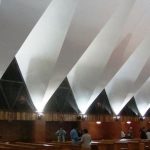
Nearest at 0.42 kms.
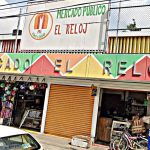
Nearest at 0.43 kms.

An all but forgotten island of the ancient Texcoco Lake . . .
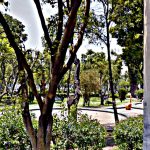
A charming neighborhood park in Tlalpan . . .
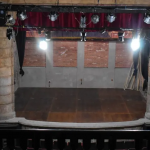
An exceptional mini-theater district in the heart of Churubusco . . .
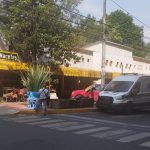
A 24-hour flower market in a busy corner of Tlalpan's hospital district . . .
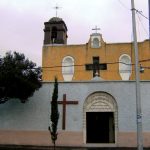
A tiny chapel recalls the long history of the Colonia Tránsito . . .